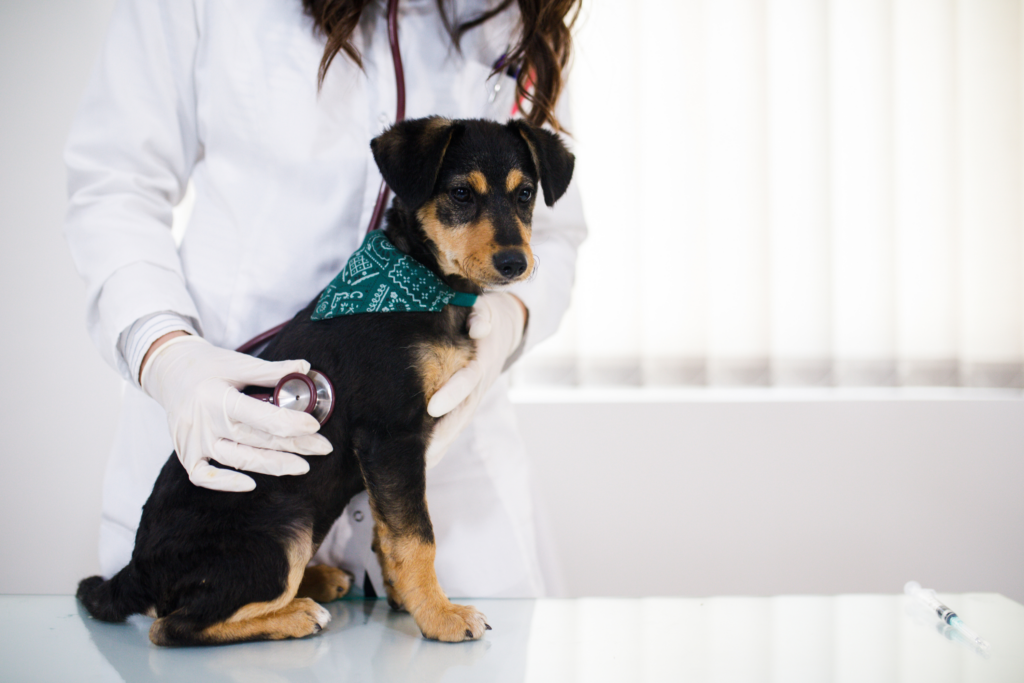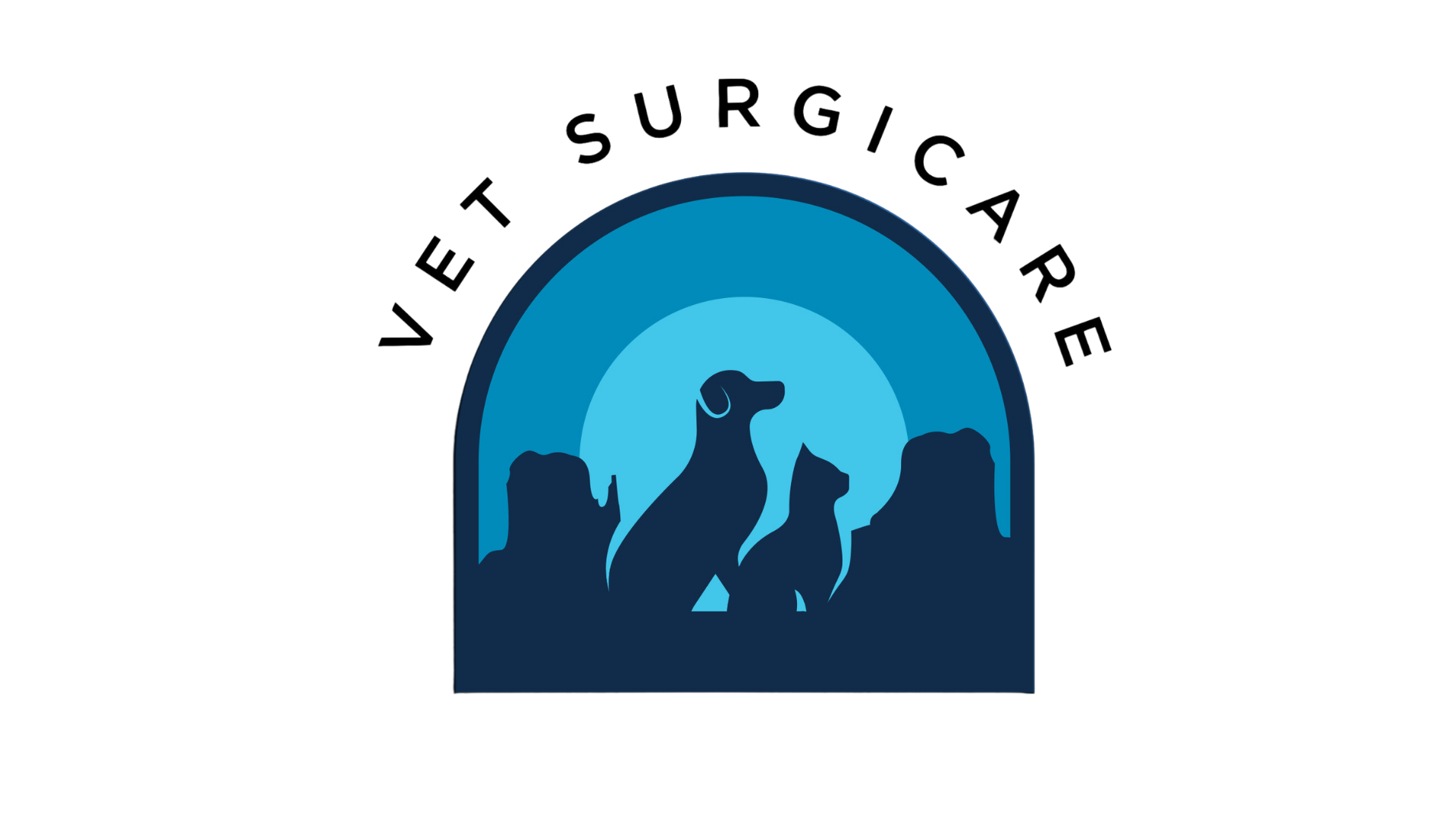
For Veterinarians
Many of your patients may need a surgical procedure that is more advanced, requires specialized equipment, or your client wants a board-certified surgeon to perform. Arizona Peaks Veterinary Surgical is here to provide quality specialty care you expect from a specialist in your hospital. Northern Arizona has suffered from a lack of specialty veterinary care without extensive travel. Dr. Schaible hopes to bridge that gap by providing her ACVS board-certified surgical skills to Northern Arizona hospitals and pets.
Advantages
- Personal communication and in-person interaction with Dr. Schaible.
- Clients are familiar with your hospital and get to continue to work with veterinary staff they know, enjoy, and trust.
- You can help guide your clients through the surgical process and you know the patient’s progress since they are directly seeing you.
- Due to APVS’s flexibility in scheduling, most patients experience shorter wait periods compared to referral to specialty hospitals. Your patients won’t need to be in pain for weeks to months waiting for a TPLO procedure.
- Patients experience more comfort and less stress when they aren’t required to travel for hours or to multiple appointments at a specialty hospital. Dr. Schaible does the traveling and the consultation and procedure are at one appointment.
- Your hospital benefits from retained income while providing competitive surgical procedure pricing for your clients.
- We can work together to elevate the level of veterinary care in your hospital and community.
Steps
REFERRAL PROCESS
- MAKE THE DIAGNOSIS: When your patient presents with a new or chronic primary compliant, a diagnosis can be formed from their examination and diagnostics (i.e., radiographs and bloodwork). If at any time you would like to discuss the case, Dr. Schaible is happy to help so feel free to reach out.
- REVIEW THE SURGICAL PROCEDURE: Please review the recommended surgical procedure, postoperative care, possible complications, and typical outcome with the owners. We have provided some additional resources for client education to save you time.
- OBTAIN PROCEDURE ESTIMATE: APVS has a general estimate list that your hospital can use as a reference (if you need a copy, please email us). You can call/email/text VSC to obtain a surgical estimate, so you can provide your client with a comprehensive estimate for the entire procedure.
- SCHEDULE THE PROCEDURE: Once an owner has approved the estimate and elected to pursue surgery please complete and return the APVS REFERRAL FORM including three desired surgical dates. All medical records and diagnostics should be emailed for Dr. Schaible to review. A confirmation email with surgery date and time for your patient will be sent by APVS.
- A completed surgical consent form will need to be signed and provided to VSC prior to or the day of surgery to allow the procedure to be performed.
SURGICAL REQUIREMENTS
- BLOODWORK: All patients must have bloodwork within less than a 4-week period prior to anesthesia (Chem 10+, CBC and electrolytes).
- THORACIC RADIOGRAPHS: Three view images (R & L lateral and V/D) should be completed for patients with suspected neoplasia/tumors and respiratory patients. It is at your discretion if patients over 8 years of age should have screening thoracic radiographs (lateral and V/D).
- ORTHOPEDIC RADIOGRAPHS: Two view orthogonal (affected limb lateral and V/D) should be performed on all orthopedic cases and need to include the entire affected bone/joint. If additional images are needed APVS can provide written guidelines and help your staff perform at our arrival.
- TPLO RADIOGRAPHS: Patients require a flexed lateral stifle (90° flexed stifle and 90° flexed tarsus) and a caudocranial straight tibia (include stifle and tarsus).
- ADVANCED DIAGNOSTICS: Based on the condition some patients will require additional diagnostics (i.e., abdominal ultrasound, CT scan, cytology, or additional bloodwork testing) and Dr. Schaible will make suggestions for these tests on a case-by-case basis.
- SUBMIT TO APVS: All diagnostics need to be submitted to VSC 2 business days prior to the scheduled surgery to allow sufficient review and assistance with anesthesia protocols. If diagnostics are not available 2 days prior, then the procedure may be rescheduled.
PROCEDURE DAY
- ADMISSION: Patient should be scheduled for admission at least 30-60 minutes prior to Dr. Schaible’s arrival time to allow the staff ample time for surgical preparation.
- PAPERWORK: Staff should complete your routine consent forms, estimates, and financial deposits as normal. Please ensure APVS surgical consent form has also been completed so that the procedure does not need to be rescheduled.
- SUPERVISING VETERINARIAN: Please ensure the top section of the APVS surgical consent form is completed and the surgical procedure and side/location are correct (this section should be completed by the doctor).
- PHYSICAL EXAMINATION: Please complete a morning physical examination with a current weight to ensure the patient is healthy and stable for anesthesia. Please supervise the premedication of the patient with Cerenia and analgesic/sedative injections.
- SURGICAL PREPARATION:
- Staff should place an IV catheter (not in the surgical limb) and under veterinarian supervision administer Cerenia, antacids, or Diphenhydramine injections. Recommend waiting 10-15 minutes. Then administering the analgesic premedications prior to Dr. Schaible’s arrival. If there are any delays in the schedule Dr. Schaible will contact the hospital.
- Staff should perform shaving of the surgical site after premedication.
- The OR should be set-up with your anesthesia, monitoring, and warming equipment.
- SURGICAL INDUCTION AND PROCEDURE:
- Dr. Schaible will arrive and perform a brief physical examination and confirm the surgical treatment plan. If any additional radiographs are needed, APVS can assist your staff in obtaining.
- Dr. Schaible will briefly contact the owners to introduce herself and review their pet’s surgical plan.
- Your trusted staff will induce the patient and finalize preparation for surgery. Dr. Schaible will assist in positioning the patient and perform the final surgical preparation.
- The surgical procedure will be performed to specialty standards with the equipment brought by Dr. Schaible.
- If postoperative imaging is needed, your staff will perform with the patient anesthetized until Dr. Schaible approves recovery.
- PATIENT RECOVERY:
- Your staff will continue to closely monitor and recover the patient with IV fluid and analgesics under supervision of the responsible veterinarian.
- Dr. Schaible will contact the owner to let them know the patient is recovered and review how the surgery went.
- The supervising veterinarian will continue to monitor the patient with the help of their staff until they determine the patient is stable for discharge and contact the owner to schedule.
SUMMARY AND FOLLOW-UP
- Arizona Peaks Veterinary Surgical will provide a detailed surgical report and customized postoperative care instructions to your hospital prior to leaving. These instructions should be added to the patient’s file and reviewed by your staff with the owner at time of discharge.
- Patients will need an incision recheck +/- suture or staple removal 10-14 days after surgery.
- Orthopedic patients typically need radiographs in 6-8 weeks.
- At the incision recheck and possible radiographs recheck appointments, feel free to contact Dr. Schaible for ongoing support in patient assessment and plan.
